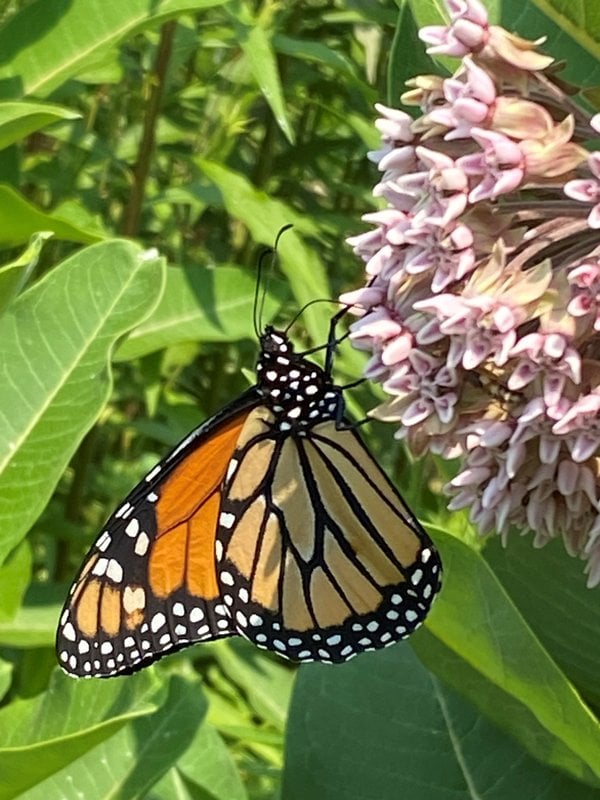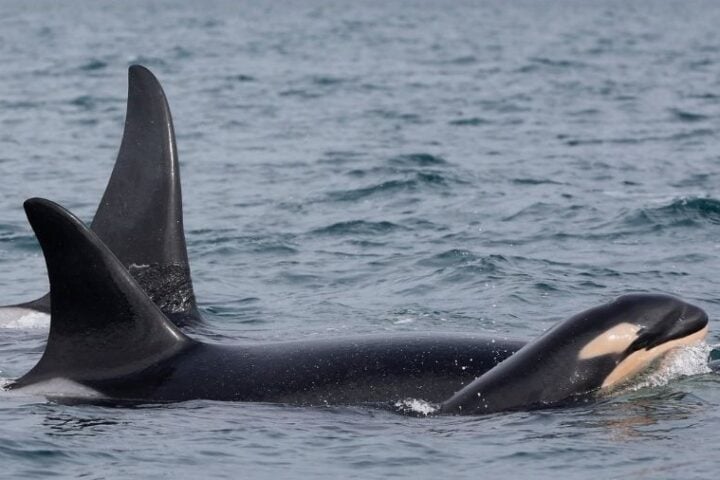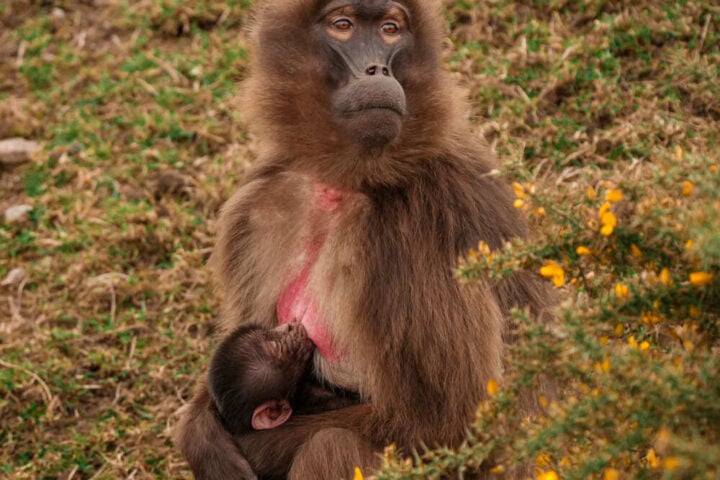A federal judge has ruled against the Fish and Wildlife Service, ordering them to assess the impact of five widely-used pesticides on endangered species. This landmark decision addresses years of regulatory delays in evaluating how these chemicals affect vulnerable wildlife.
The ruling targets five pesticides—atrazine, chlorpyrifos, diazinon, carbaryl, and simazine—which the Environmental Protection Agency (EPA) has already found harm a significant percentage of protected species. Most alarmingly, chlorpyrifos affects 97% of endangered species, while carbaryl impacts 91%.
“This ruling will force the Trump Fish and Wildlife Service to take action to stop these dangerous pesticides from driving imperiled species like monarch butterflies and California red-legged frogs closer to extinction,” said Jonathan Evans, environmental health legal director at the Center for Biological Diversity, which brought the suit.
The court has established strict deadlines for completing “biological opinions” on these pesticides: March 31, 2025 for carbaryl; March 31, 2026 for atrazine and simazine; and September 30, 2028 for chlorpyrifos and diazinon.
Similar Posts
Health and Environmental Concerns
These chemicals pose serious threats beyond wildlife. Chlorpyrifos and carbaryl have been linked to developmental problems, particularly in children. Due to these concerns, chlorpyrifos has been banned for food uses in California, Hawaii, Maryland, New York, and Oregon.
Atrazine, which sees about 70 million pounds used annually in the United States, is connected to hormonal disruptions and birth defects. The European Union banned this potent endocrine disruptor more than a decade ago.
Judge John Hinderaker, a 2020 Trump appointee, noted in his ruling that the government had been or “should have been” aware of the need for formal consultations on each pesticide for more than a decade but failed to act promptly.
Regulatory Challenges
The Endangered Species Act requires the FWS to review EPA findings on pesticide dangers and implement measures to prevent extinction or unnecessary killing of protected species. However, the agency has routinely failed to comply with this requirement.
A New York Times investigation revealed that under the first Trump administration, political appointees blocked the release of initial analyses showing the effects of chlorpyrifos and diazinon on endangered species.

The ruling comes as EPA administrator Lee Zeldin announced plans to repeal dozens of important environmental regulations, calling it “the greatest day of deregulation our nation has seen.”
Despite this push for deregulation, Evans emphasized that environmental laws cannot simply be ignored: “The statutes trump Trump.”
FAQ
What pesticides are covered by the court ruling?
The court ruling covers five pesticides: atrazine, chlorpyrifos, diazinon, carbaryl, and simazine. These chemicals have been found by the EPA to harm a significant percentage of endangered species.
How harmful are these pesticides to endangered species?
According to EPA assessments, chlorpyrifos harms 97% of protected species, carbaryl impacts 91%, diazinon affects 78%, atrazine harms 56%, and simazine affects 55% of endangered plants and animals.
What health risks do these pesticides pose to humans?
Chlorpyrifos and carbaryl have been linked to developmental problems, especially in children. Atrazine is associated with hormonal disruptions and birth defects. These health concerns have led several states and countries to ban some of these chemicals.
What deadlines has the court set for the biological opinions?
The court ordered the Fish and Wildlife Service to complete biological opinions by March 31, 2025 for carbaryl; March 31, 2026 for atrazine and simazine; and September 30, 2028 for chlorpyrifos and diazinon.
Are these pesticides banned in other countries?
Yes, many of these pesticides are banned in dozens of other countries. For example, atrazine has been banned in the European Union for more than a decade due to health and environmental concerns.
Why did the Center for Biological Diversity file this lawsuit?
The Center filed the lawsuit because the Fish and Wildlife Service had failed to comply with the Endangered Species Act requirement to review EPA findings on pesticide dangers and implement protective measures. This failure had continued for over a decade despite clear evidence of harm.







![Representative Image: European Starling [49/366]. Photo Source: Tim Sackton (CC BY-SA 2.0)](https://www.karmactive.com/wp-content/uploads/2025/04/Starlings-Drop-82-in-UK-Gardens-as-Birdwatch-2025-Reveals-Record-Low-Count-Since-1979-720x480.jpg)











It would be nice if these pesticides were banned. If they’re killing insects they will kill us.